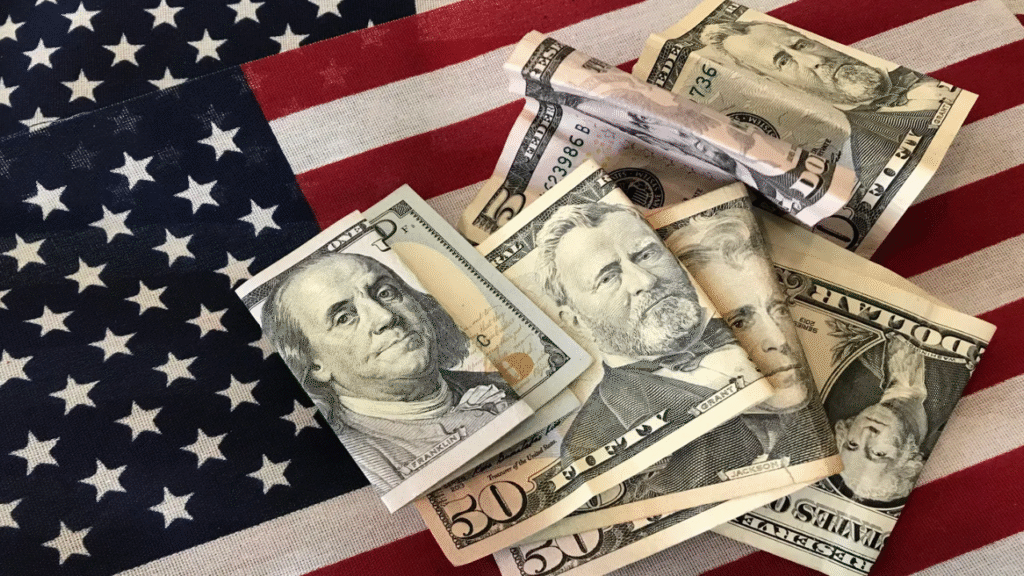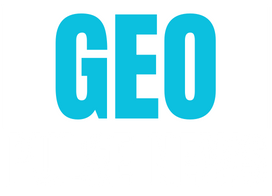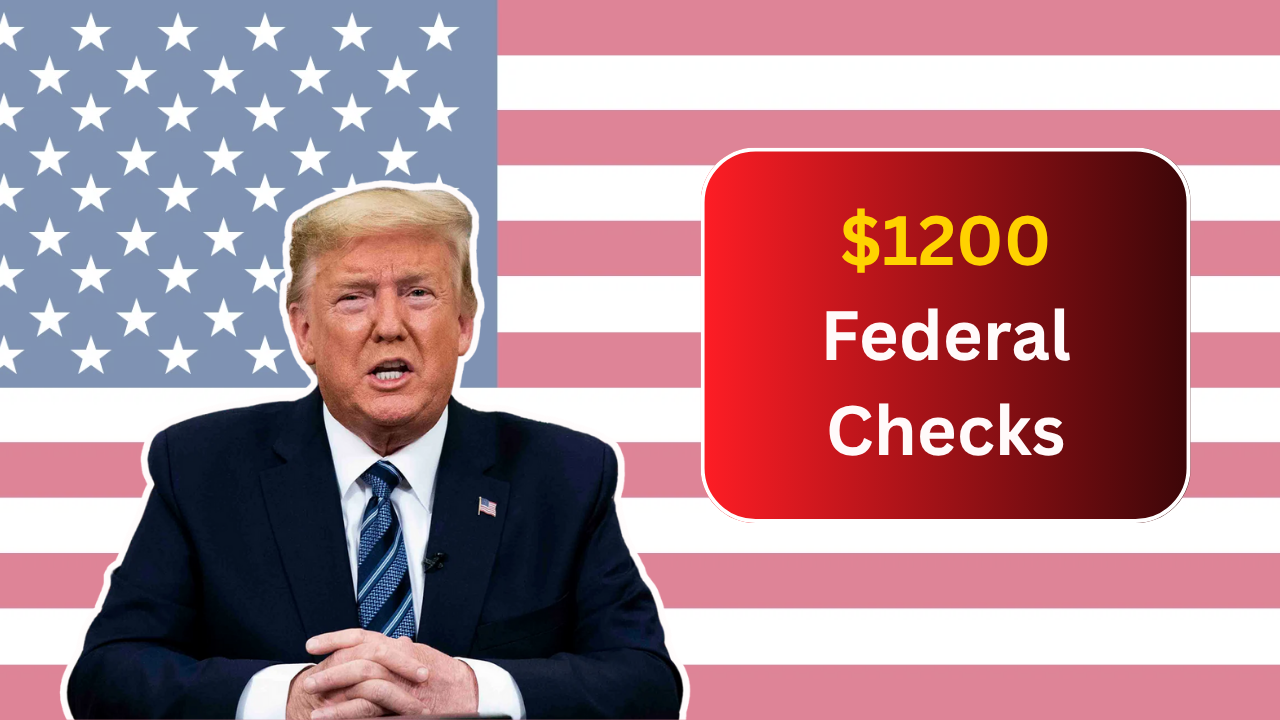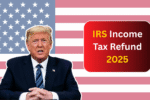Many Americans are eagerly waiting for their next round of federal support checks, and the buzz is around the $1200 direct deposit payments that are set to benefit certain groups.
If you are wondering whether you will receive this financial aid, what the eligibility criteria are, and when the payment might hit your bank account, this article will break it down in a simple, easy-to-understand manner.
Why are $1200 Checks Being Issued?
The federal government, as part of its economic relief efforts, is rolling out $1200 support payments to help Americans cope with rising costs.
These payments are especially aimed at providing relief to low-income groups, seniors, and individuals who have been struggling to make ends meet amidst high inflation and living costs.
This is not a new stimulus check for everyone, but rather a targeted payment. It focuses mainly on groups that have been identified as most in need, like Social Security recipients, certain veterans, and low-income taxpayers.
Who is Eligible for the $1200 Federal Check?
Let’s simplify the eligibility:
- Senior Citizens on Social Security
- Retired Americans receiving Social Security Retirement benefits are among the top groups eligible for the $1200 direct deposit.
- This includes individuals under the SSI (Supplemental Security Income) and SSDI (Social Security Disability Insurance) programs.
- There is no need to apply if you are already receiving Social Security. The payment will automatically be deposited into your registered account.
- Veterans and Survivors
- Veterans receiving VA disability or survivor benefits are also entitled to receive the $1200 federal check.
- Payments will be processed using the existing VA payment systems.
- Low-Income Taxpayers
- Individuals and families who filed taxes and fall under certain income limits may also qualify.
- The income threshold is generally $75,000 for single filers and $150,000 for joint filers.
- Taxpayers who claimed the Earned Income Tax Credit (EITC) or Child Tax Credit (CTC) may see this payment as an advance.
- Non-Filers Using the IRS Non-Filer Tool
- Americans who didn’t earn enough to file taxes in 2023 but used the IRS Non-Filer Tool will also get this payment.
How Will You Receive the $1200 Payment?

Most recipients will see the payment through direct deposit, which is the fastest and most secure way. The IRS and Social Security Administration (SSA) are using existing records to send the payments. If you already receive your Social Security, SSI, SSDI, or VA benefits through direct deposit, you do not need to take any action.
For those who do not have direct deposit set up, the payment will be mailed as a check or a prepaid debit card, but this could take longer.
Key Payment Dates to Know
Based on the latest updates from the IRS and SSA, here are the expected timelines:
- First Phase (Direct Deposits): Expected to roll out starting June 2025, most direct deposits will be completed within 2-3 weeks from the initial release date.
- Second Phase (Mailed Checks/Debit Cards): Likely to be sent from late June 2025 to mid-July 2025.
- Special Cases (Updated Info): If the IRS requires any additional information or updates in your bank account, delays might occur, and you might get your payment by August 2025.
How to Check Your Payment Status?
The IRS will activate its “Get My Payment” tool, where individuals can check their payment status by entering their Social Security Number (SSN), date of birth, and address.
For Social Security and VA beneficiaries, the SSA and VA portals will also provide updates if any delays occur.
What if You Miss the Payment?
If you qualify but do not receive the payment by August 2025, you can claim the amount by filing a Recovery Rebate Credit on your 2025 tax return. This ensures that no eligible American misses their due payment.
Common Issues to Watch For
Many recipients faced issues during earlier federal payments due to errors in bank account numbers, outdated mailing addresses, or tax return mismatches. To avoid delays:
- Double-check your latest tax return info.
- Ensure your direct deposit details are updated with the IRS and SSA.
- Use the official portals to track and update your information.
Stay Alert for Scams
Fraudsters often take advantage during federal check rollouts. Remember:
- The IRS will not call, email, or text you for your bank details.
- Payments are automatic if you are eligible.
- Do not share your personal or bank information with unknown sources claiming to “speed up” your check.
Conclusion
The $1200 federal direct deposit checks are a much-needed relief for millions of Americans, but not everyone will get them. The focus is on seniors, veterans, and low-income families who continue to feel the burden of economic uncertainty.
Keeping yourself informed about eligibility, payment timelines, and using only official resources like the IRS, SSA, and VA websites is the safest way to ensure you get your benefits on time.





